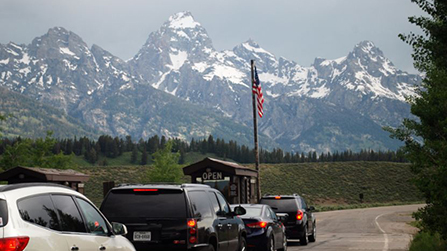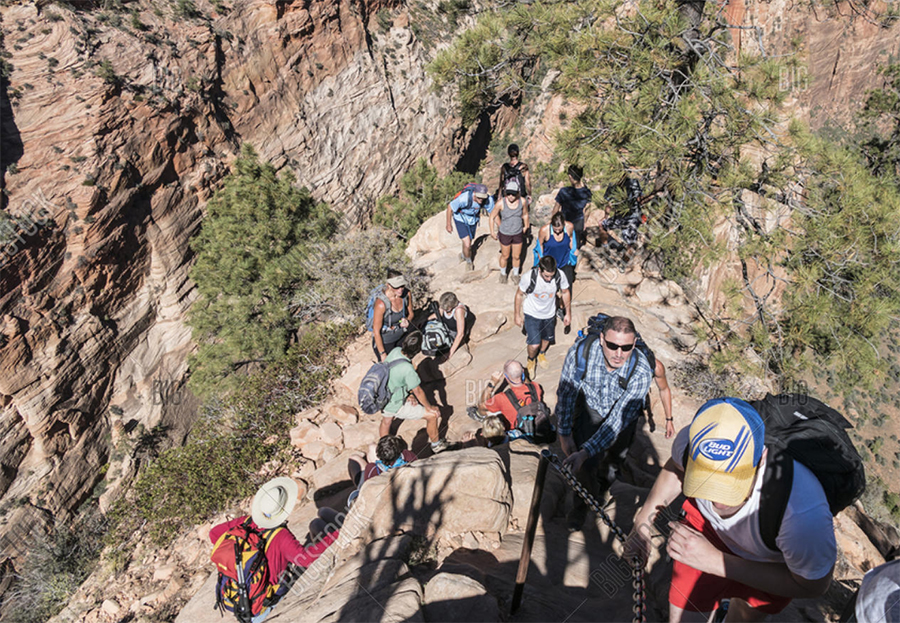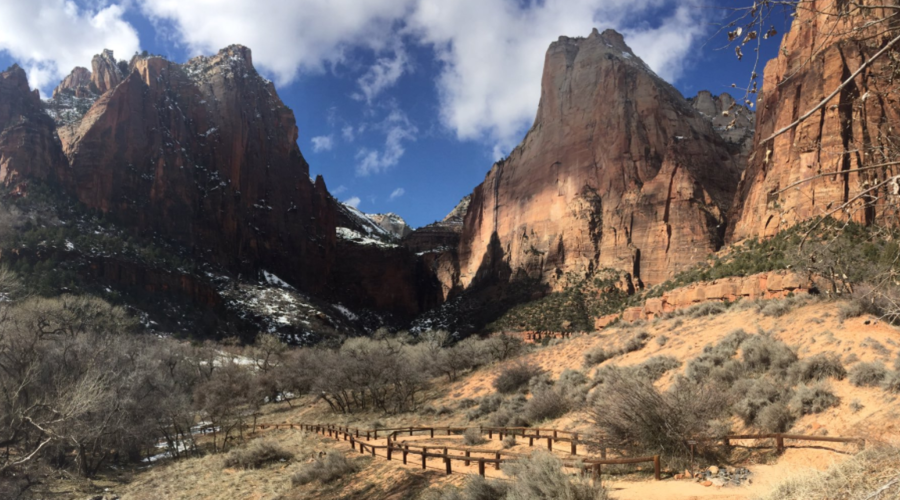Under the proposal, a $70 per car peak-season entrance fee would be established at 17 national parks.
Writer: Carly Terwilliger
The intense scrutiny of public lands on both sides of the political aisle has recently revolved around National Monuments, with Bears Ears acting as a focal point for the controversy. However, an announcement yesterday from the National Park Service has some of America’s more high-profile destinations in the spotlight.
The last few weeks have already been fraught ones for the debate over public lands with the introduction of the National Monument Creation and Protection Act, which would allow the Antiquities Act to protect discrete, small-scale cultural and historic resource sites while prohibiting the use of the Act to protect sensitive landscapes and geographic features like Grand Canyon, Black Canyon of the Gunnison and Bears Ears.
Needless to say, outdoor groups were less than thrilled with this prospect.
Now, U.S. Secretary of the Interior Ryan Zinke is busy promoting a proposed entrance fee hike to highly visited national parks during peak visitor seasons. Under the proposal, peak-season entrance fees would be established at 17 national parks. The peak season for each park would be defined as its busiest contiguous five-month period of visitation, during which the entrance fee would be $70 per private, non-commercial vehicle, $50 per motorcycle, and $30 per person on bike or foot.

The proposed new fee structure would be implemented at Arches, Bryce Canyon, Canyonlands, Denali, Glacier, Grand Canyon, Grand Teton, Olympic, Sequoia & Kings Canyon, Yellowstone, Yosemite, and Zion National Parks with peak season starting on May 1, 2018; in Acadia, Mount Rainier, Rocky Mountain, and Shenandoah National Parks with peak season starting on June 1, 2018; and in Joshua Tree National Park as soon as practicable in 2018.
“The infrastructure of our national parks is aging and in need of renovation and restoration,” said Zinke. “Targeted fee increases at some of our most-visited parks will help ensure that they are protected and preserved in perpetuity and that visitors enjoy a world-class experience that mirrors the amazing destinations they are visiting. We need to have the vision to look at the future of our parks and take action in order to ensure that our grandkids’ grandkids will have the same if not better experience than we have today. Shoring up our parks’ aging infrastructure will do that.”
Yes, it’s true that tourists came out in droves for the National Park Service’s 100th birthday in 2016, resulting in 331 million visits to national park sites. That number far surpasses 2015’s record of 307 million visits and led to the NPS voicing concerns about crowds. Anyone who’s hit Yellowstone or Zion in July has experienced the choked roads, nonexistent campsites and packed trails that come along with peak visitation.
But is an entrance fee spike really the answer?

In April, still reeling from the Trump administration slashing the EPA budget 31 percent, the outdoor community reacted with outrage to President Trump donating his first-quarter salary of $78,333.32 to the NPS. “It is great to see President Trump support the National Park Service with the contribution of his $78,333 first quarter salary,” said Outdoor Industry Association Executive Director Amy Roberts. “Now he just needs to donate that amount 26,000 more times to make up for his $2 billion in proposed cuts to the Department of the Interior.”
And it’s those looming cuts to the Interior budget that has eyebrows raised over the proposed fee hike. If a $40-per-car increase is what it takes for National Parks to survive on top of the Department of the Interior budget, then it stands to reason that the government should be mulling a DOI budget increase as well. Instead, the attitude is Washington seems to be, “They’re your lands; you can pay to take care of them.”
Here’s how you can make your voice heard.
A public comment period on the peak-season entrance fee proposal will be open from October 24, 2017 to November 23, 2017, on the NPS Planning, Environment and Public Comment (PEPC) website. Written comments can be sent to 1849 C Street, NW, Mail Stop: 2346 Washington, DC 20240.
For more information, click here to visit the NPS site.
Photo courtesy Zion National Park











